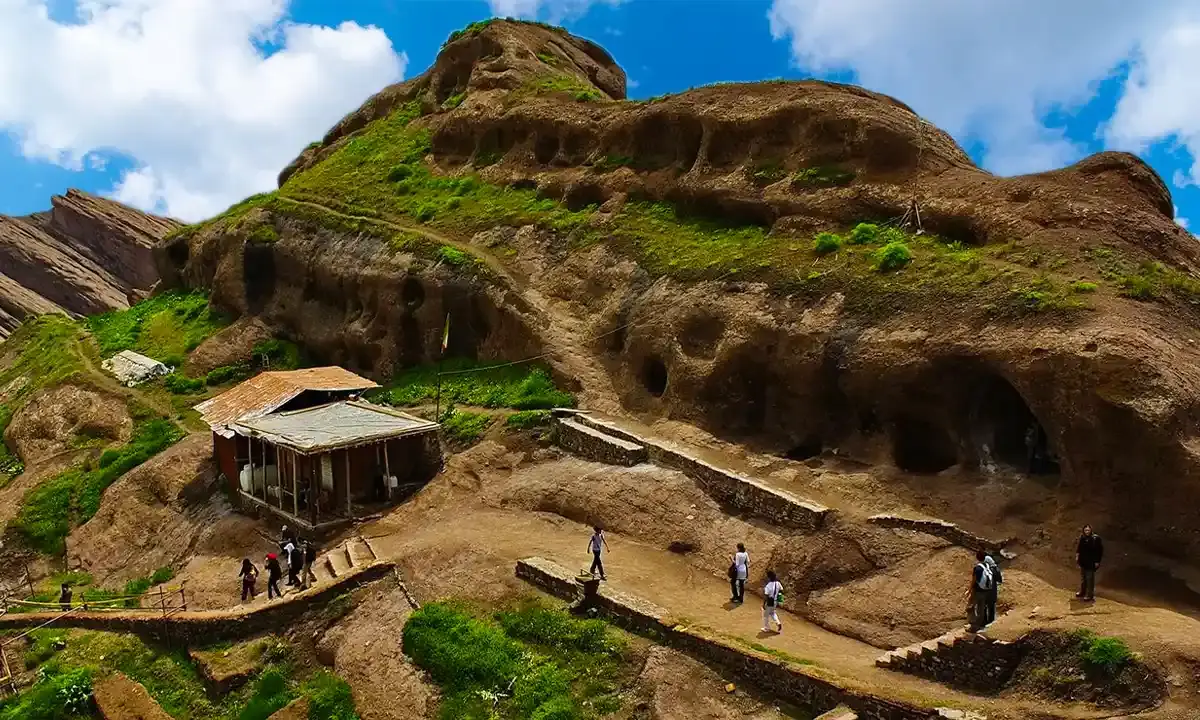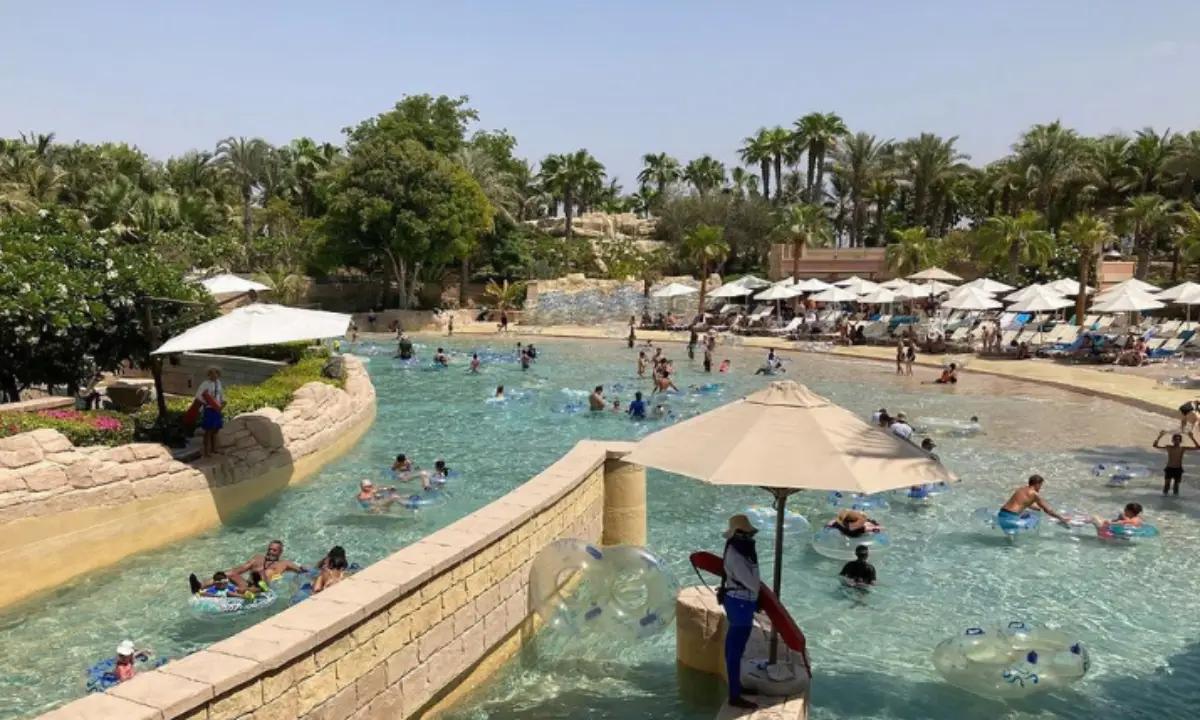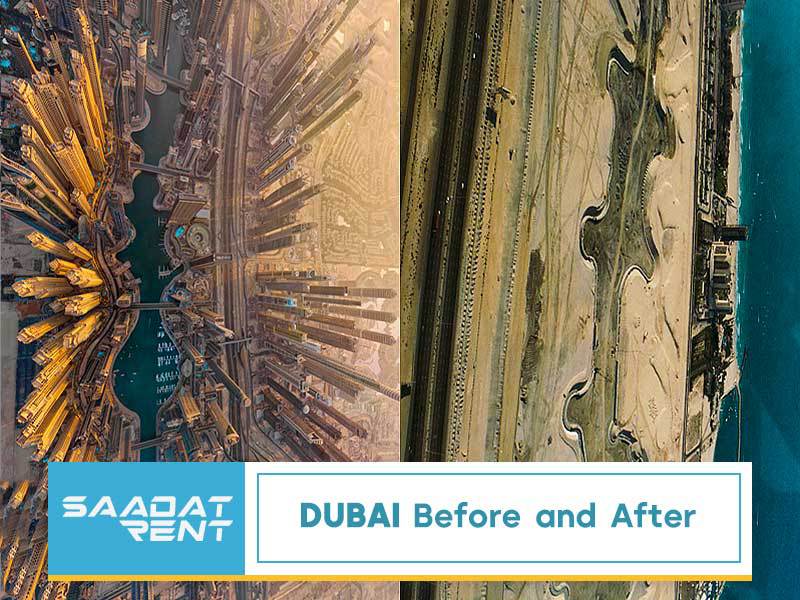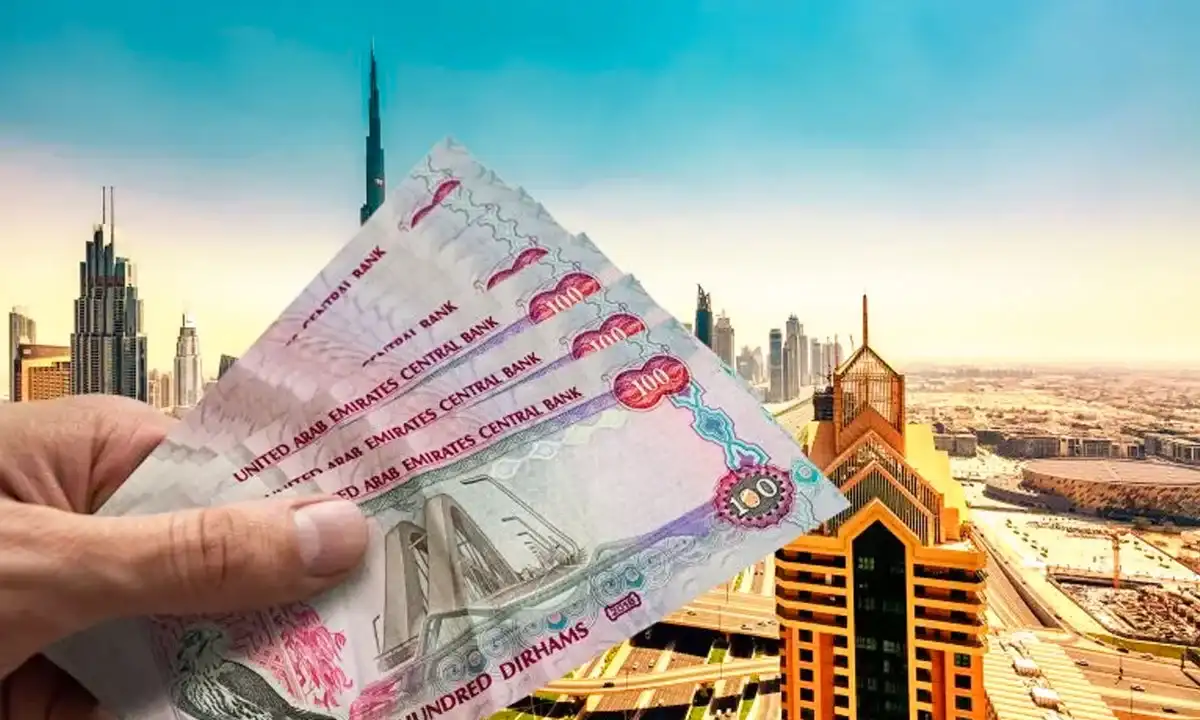Travel Guide to Kermanshah | History, Culture, and Map of Kermanshah
![]() Author : Alirezaa | Date : Tuesday 26 March 2024 12:27
Author : Alirezaa | Date : Tuesday 26 March 2024 12:27
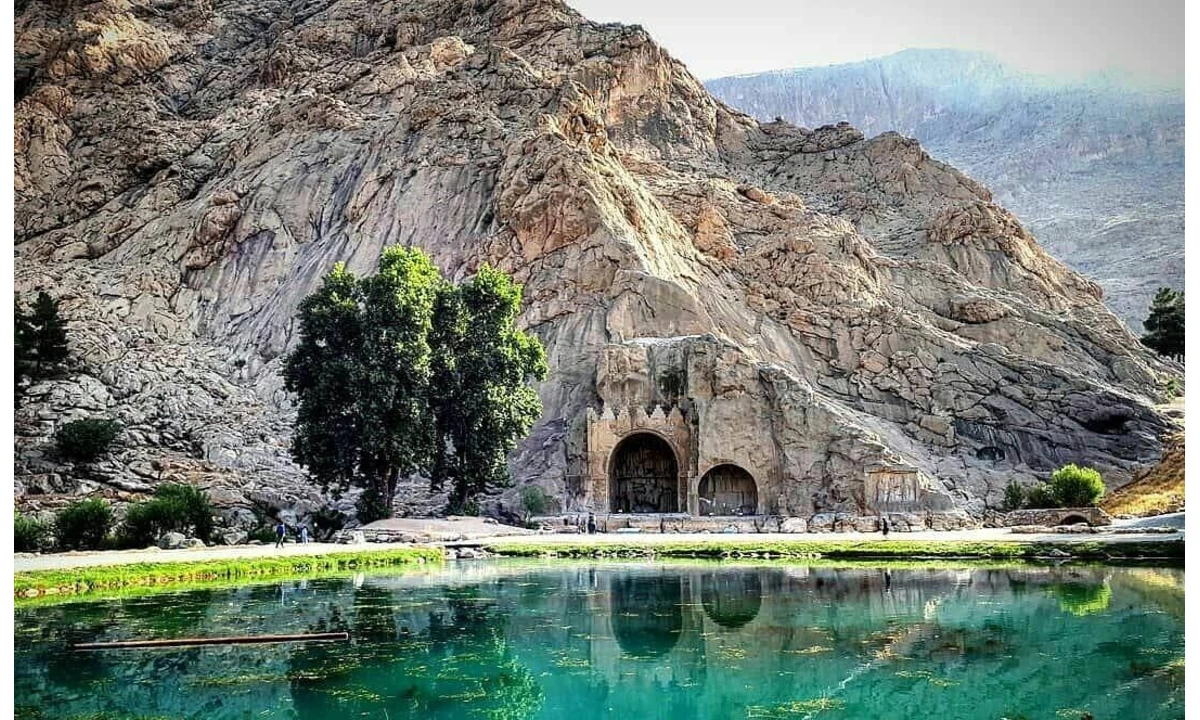
Kermanshah, nestled in the heart of Iran's western region, stands as a testament to the country's rich tapestry of culture and history. This city, with its strategic location at the foothills of the Zagros mountains, has been a pivotal crossroads of civilizations for millennia. Its proximity to the ancient Silk Road not only facilitated trade but also cultural exchanges between the East and West, making Kermanshah a melting pot of diverse traditions, languages, and religions.
The city's ancient roots can be traced back to prehistoric times, evidenced by numerous archaeological sites that witness its long-standing human occupation. Kermanshah's historical significance is further highlighted by its role in various ancient empires, including the Median, Achaemenid, Seleucid, Parthian, and Sassanian dynasties. These layers of history are etched into the city's landscape, from ancient inscriptions and reliefs to historic mosques and bazaars that still pulse with life today.
Kermanshah's cultural significance is equally profound. It is a hub for Kurdish culture within Iran, showcasing a vibrant tapestry of Kurdish music, dance, and traditional crafts. This cultural richness is complemented by the city's diverse population, which reflects the harmonious coexistence of different ethnic and religious communities.
As a city that has witnessed the ebb and flow of empires and the march of armies, Kermanshah embodies the resilience and enduring spirit of its people. Its ancient sites, such as the Bisotun Inscription and Taq-e Bostan reliefs, are not merely historical landmarks but narrators of a past where art, culture, and power intersected. Today, Kermanshah continues to captivate visitors with its breathtaking natural beauty, historical depth, and cultural vibrancy, making it a unique and unforgettable destination on the map of Iran.
| Attribute | Information |
|---|---|
| Size | 24,998 km2 |
| Population | Approx. 1.95 million (2021) |
| Average Weather | Variable; mild in spring and autumn, hot in summer, cold in winter |
| Language | Persian (Farsi), Kurdish |
You will read about History, Culture, Geography and Climate, Notable Attractions and Landmarks, and Practical Information for Visitors.
History of Kermanshah
The history of Kermanshah is a captivating journey through time, reflecting the broader narrative of human civilization in the Middle East. From prehistoric settlements to the dynamics of modern-day Iran, Kermanshah is a witness to human history's complexities and richness.
Prehistoric Significance
Kermanshah's prehistoric significance is underscored by archaeological findings that reveal the presence of ancient human settlements in the region. The discovery of tools, pottery, and other artifacts in various sites around Kermanshah points to a long history of human occupation dating back to the Paleolithic era. These findings suggest that Kermanshah's fertile lands and strategic location, nestled in the Zagros mountain range, offered an ideal setting for early human communities to flourish.
Ancient History
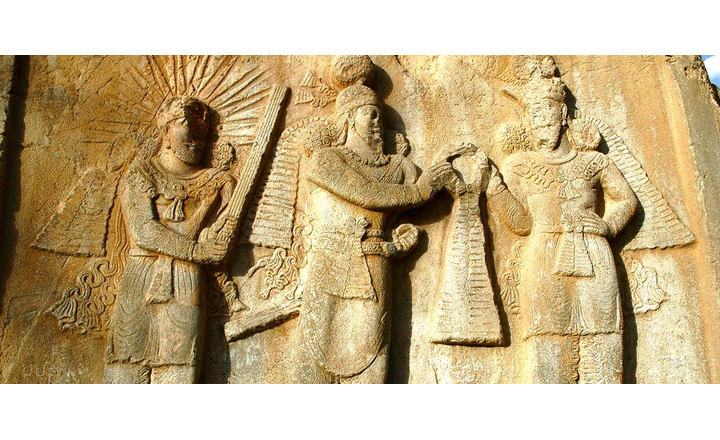
- Median Empire: Kermanshah's strategic importance came to the fore during the Median Empire, serving as a vital link between the Mesopotamian plains and the Iranian plateau. Its position enabled it to become a center for trade and military campaigns.
- Achaemenid Era: Under the Achaemenids, Kermanshah continued to thrive, benefiting from the Royal Road that facilitated communication and commerce across the empire. The region's administrative and economic significance grew, integrating it further into the vast Persian Empire.
- Seleucid, Parthian, and Sassanid Periods: Kermanshah witnessed a succession of rulers during these periods. Each dynasty left its mark, from the Seleucids' Hellenistic influences to the Parthians' and Sassanids' contributions to art, architecture, and the spread of Zoroastrianism. Notably, the Sassanian rock reliefs at Taq-e Bostan, with their intricate carvings, underscore Kermanshah's importance during the Sassanid era.
Islamic Era
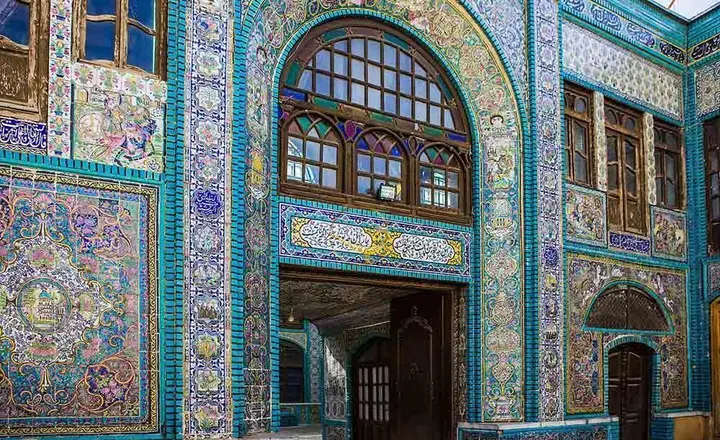
The advent of Islam introduced a new chapter in Kermanshah's history. The city became a pivotal Islamic center following the Arab conquests. Throughout the Islamic era, Kermanshah was shaped by various dynasties:
- Safavids: Under the Safavids, Kermanshah was a key military outpost against Ottoman forces, reflecting the strategic significance of the city in regional politics.
- Qajars: The Qajar period saw Kermanshah becoming an administrative and trading hub, further solidifying its role in the Persian empire.
- Pahlavis: Modernization efforts in the 20th century under the Pahlavis brought infrastructure improvements to Kermanshah, although it also faced challenges due to regional conflicts and national policies.
Modern History
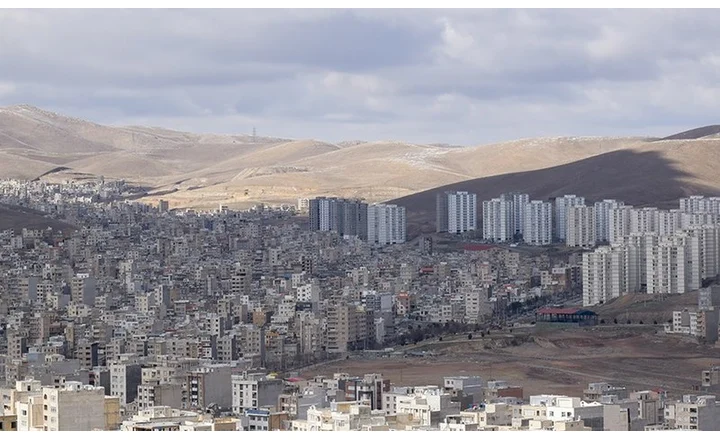
In recent history, Kermanshah has been shaped by significant events, including the Iran-Iraq War, where the city's proximity to the border made it a frontline of conflict. Despite suffering damage, Kermanshah has shown resilience, with reconstruction and development efforts aimed at restoring its historical sites and revitalizing its economy. The city today embodies a blend of its ancient heritage and modern aspirations, striving to preserve its cultural identity while navigating the challenges of the 21st century.
Kermanshah's history, from its prehistoric roots to its current status, reflects the enduring spirit of its people and the city's significance as a cultural and historical beacon in Iran. Its rich past continues to inform its present, making Kermanshah a fascinating subject of study and a compelling destination for visitors interested in the depths of human history.
Culture
Kermanshah's cultural landscape is as varied and vibrant as its history. The city is a mosaic of different ethnic groups, traditions, and gastronomic delights, each contributing to the rich tapestry of life in this region.
Language and People
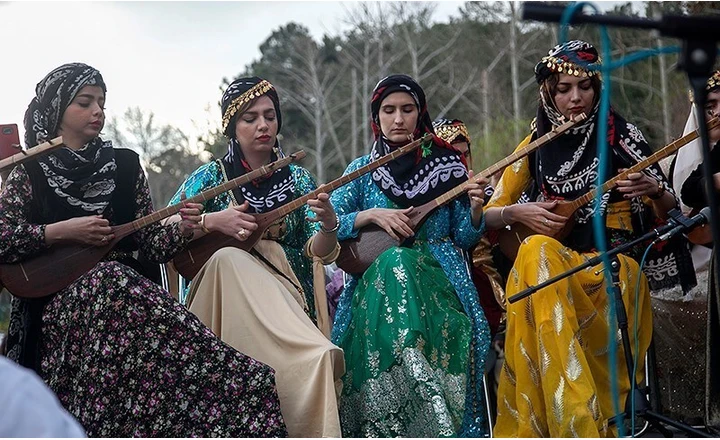
The population of Kermanshah is predominantly Kurdish, making it one of the major centers of Kurdish culture in Iran. Kurdish people in Kermanshah, along with smaller communities of Persians and other ethnic groups, create a diverse cultural milieu. The Kurdish language, in its various dialects, is the most widely spoken in the city, reflecting the strong ethnic identity of the Kurdish community. Persian, Iran's official language, is also commonly used, facilitating a multicultural dialogue within Kermanshah. This linguistic diversity is a testament to the city's historical role as a crossroads for different peoples and cultures.
Traditions and Festivals
Kermanshah is renowned for its rich array of cultural festivals, music, dance, and crafts that celebrate Kurdish heritage and the broader Iranian culture. Some key cultural festivals include:
- Nowruz: The Persian New Year, celebrated with much fervor across Kermanshah, features special foods, family gatherings, and public festivities.
- Yalda Night: Another widely celebrated occasion marking the longest night of the year, with people gathering to eat, read poetry, and share stories.
- Traditional Music and Dance: Kurdish music and dance hold a special place in Kermanshah's cultural life. Daf (a type of frame drum) performances and traditional Kurdish dances are integral to celebrations and social gatherings, showcasing the rhythmic and soulful expressions of Kurdish culture.
- Crafts: The city is also known for its handicrafts, including carpet weaving, leatherwork, and traditional Kurdish clothing, reflecting the artistic skills and cultural pride of its people.
Cuisine
Kermanshah's cuisine is a delightful exploration of flavors, deeply rooted in Kurdish and Persian culinary traditions. The region's dishes are known for their use of fresh herbs, meats, and grains, creating a rich and varied menu. Some traditional dishes and local ingredients include:
- Dandeh Kebab: A local specialty made from lamb or beef, marinated and grilled to perfection.
- Khoresh-e Khalal: A traditional stew made with meat, almonds, and a variety of spices, showcasing the region's love for rich, hearty dishes.
- Nan-e Kermanshahi: A type of bread that is a staple in Kermanshahi households, often served with local honey and dairy products.
- Ghormeh Sabzi: While popular across Iran, this herb stew takes on a local flavor in Kermanshah with the addition of regional herbs and spices.
Kermanshah's culture, from its languages and people to its traditions, festivals, and cuisine, paints a picture of a community deeply connected to its roots while being open to the influences of the many civilizations that have traversed its lands. This cultural richness makes Kermanshah not just a city to visit, but an experience to be lived, offering insights into the enduring spirit and heritage of its people.
✔️Read More : Persian Cuisine | Top Persian Foods That Tourists Love
Geography and Climate
Kermanshah is beautifully situated in the western part of Iran, cradled by the majestic Zagros Mountains. This geographical setting not only defines the city's scenic landscapes but also its strategic significance and lifestyle.
Location and Topography
Kermanshah's location in the heart of the Zagros mountain range is both dramatic and vital. The city is positioned at a significant elevation, surrounded by rugged hills and towering peaks. These natural fortifications have historically provided protection and a strategic advantage during times of conflict. The region's topography is characterized by a mix of mountainous terrains, rolling hills, and fertile valleys, which have been instrumental in shaping the local economy and culture. The mountains and valleys facilitate diverse ecosystems and agriculture, supporting the cultivation of grains, fruits, and nuts, which are central to the region's diet and economy.
Climate
The climate of Kermanshah is predominantly continental, with a blend of Mediterranean influences due to its geographical location. This results in distinct seasonal variations that significantly impact the local way of life and agricultural practices.
Spring: This season is marked by mild temperatures and abundant rainfall, leading to a vibrant bloom across the region's landscapes. Spring is crucial for agriculture, as it replenishes water sources and irrigates crops, setting the stage for a fruitful harvest.
Summer: Summers in Kermanshah are warm to hot, with relatively low humidity, making it an ideal time for outdoor activities. However, the heat can also be challenging, especially for agricultural workers and those living in areas without modern cooling systems.
Autumn: Fall brings a pleasant cooling down with moderate rainfall, which is vital for the harvest of summer crops and the planting of winter crops. The changing colors of the landscape provide a picturesque setting, reflecting the region's natural beauty.
Winter: Winters can be cold, with snowfall common in the higher elevations. This season is crucial for replenishing the region's water sources, including rivers and groundwater, which are essential for both agriculture and daily living.
| Season | Average Temperature |
|---|---|
| Spring (March to May) | 10°C to 20°C (50°F to 68°F) |
| Summer (June to August) | 25°C to 35°C (77°F to 95°F) |
| Autumn (September to November) | 20°C to 10°C (68°F to 50°F) |
| Winter (December to February) | -5°C to 5°C (23°F to 41°F) |
The climate of Kermanshah, with its seasonal variations, plays a pivotal role in determining the agricultural calendar, dictating the types of crops grown and the timing of traditional festivals and activities. It also influences the lifestyle of its inhabitants, from the clothes they wear to the foods they eat and the ways they celebrate. The diverse climate, combined with the city's stunning natural setting, makes Kermanshah a region of both breathtaking beauty and significant agricultural productivity.
✔️Read More: When is the best time to visit Iran?
Notable Attractions and Landmarks
Kermanshah is home to a wealth of historical and natural attractions that draw visitors from around the world. From ancient inscriptions and rock reliefs to stunning natural landscapes, the region offers a unique glimpse into Iran's rich heritage and natural beauty.
Bisotun a world heritage site from Achaemenian era
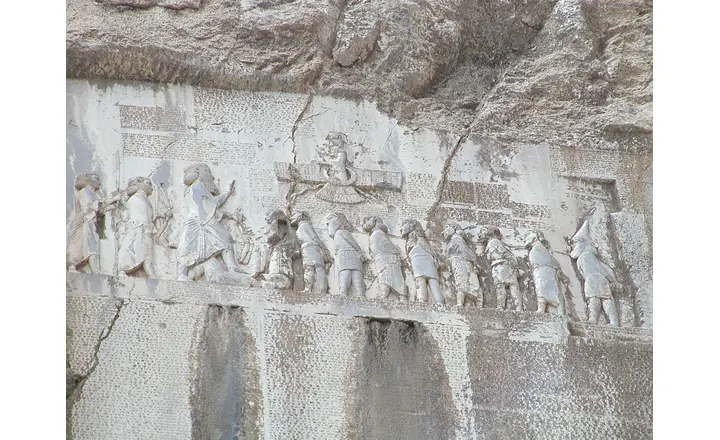
Bisotun Mountain, a climber's haven rich in Iranian legend, stands as a revered site for both its historical significance and climbing challenges. Known as Parau, meaning "full of water," it boasts the highest cliff in Iran and the fifth largest globally, making it a technical marvel for climbers who navigate its heights with specialized gear. The mountain also houses the "Parau" cave, one of the world's highest and most dangerous caves, emphasizing the mountain's allure and peril.
Embedded in Bisotun's landscape is the poignant love story of Farhad and Shirin, a tale of unrequited love that has left its mark on the mountain, particularly in the "Farhad Tarash," a wall believed to symbolize Farhad's devotion. Yet, Bisotun's true claim to fame is the ancient Achaemenid-era inscription, a UNESCO World Heritage site, detailing the story of King Darius's triumph over the false Bardia, marking the first document in the Persian language.
Among its myriad attractions, the Hercules statue and the Shah Abbasi Caravanserai stand out, showcasing Bisotun's historical depth from various eras. The site also offers natural wonders like the Bisotun Mirage, along with remnants of historical routes and sacred sites, contributing to its reputation as a treasure trove of Iranian heritage and natural beauty.
Taq-e Bostan
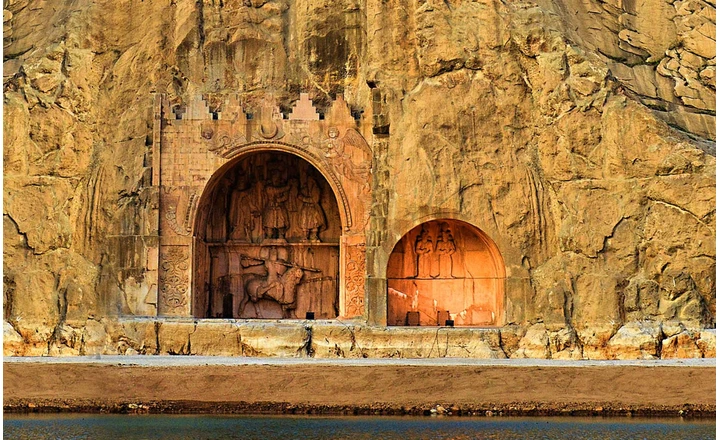
Taq-e Bostan comprises a series of rock reliefs from the Sassanian era, located in a serene park at the base of a mountain. These reliefs are celebrated for their intricate carvings depicting royal ceremonies, hunting scenes, and figures of Persian kings and deities. The site's importance in art history lies in its detailed representation of Sassanian culture, royal iconography, and religious practices, offering a window into the artistic achievements and societal values of the time. Visitors to Taq-e Bostan can admire the fine craftsmanship of these reliefs and the natural beauty surrounding them.
Taq Bostan bas reliefs in rocks
The Kermanshah Historical Collection, a testament to the rich heritage of the Sassanid era, comprises three significant elements: the Artaxerxes II coronation carvings, the grand Taq-e Bostan (the Great Arch), and the more delicate Taq-e Bostan (the Small Arch), showcasing Shapur III's intricate reliefs. Among these, the Taq Bostan bas-reliefs stand out as pioneering rock carvings that masterfully adhere to ancient principles of art, portraying scenes such as Khosrow Parviz on his steed, Shabdiz, with such finesse that they resemble exquisite paintings adorned with golden and rhodium accents.
The site features two majestic arches carved into grey rock, notable for their resistance to plant growth, highlighting the Sassanid kings' achievements and the sophisticated artistry of the time. The scenes, including the boar hunt adorned with a phoenix motif, reflect the refined taste of ancient Iranian artists. Despite their size difference, the smaller arch is considered more significant by archaeologists, adding to the site's allure. For travelers exploring Iran's ancient wonders, visiting both arches of this remarkable historical collection is an essential experience, celebrated for its architectural brilliance and the enduring legacy of Iranian craftsmanship.
Other Historical Sites
Kermanshah is dotted with numerous other historical sites that reflect its long and varied history:
- Tekyeh Moaven al-Molk: A distinctive historical building known for its stunning tile work and frescoes depicting religious and royal scenes.
- Jameh Mosque of Kermanshah: A testament to Islamic architecture and spirituality, with parts of the mosque dating back to the 12th century.
- Shafei Mosque: Another beautiful example of Islamic architecture, notable for its intricate brickwork and spiritual ambiance.
- Qajar-era Bazaars: The traditional markets of Kermanshah, such as the Biglarbeigi Tekyeh and the old bazaar, offer a glimpse into the city's bustling trade history and are great places to experience local culture and craftsmanship.
Natural Attractions
Beyond its historical landmarks, Kermanshah is surrounded by breathtaking natural beauty:
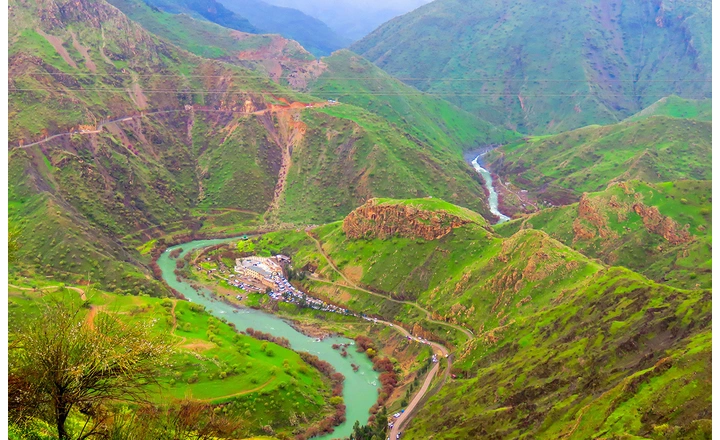
- Parau Cave: One of the deepest and most challenging caves in the world, attracting spelunkers and adventure seekers.
- Sarab Niloufar: A stunning natural spring with turquoise waters, set amidst lush vegetation.
- Zagros Mountains: The mountain range offers numerous trekking and hiking paths, showcasing the region's natural beauty and biodiversity.
- Shirz Canyon: Known for its striking rock formations and natural pools, it's a perfect spot for nature lovers and photographers.
Kermanshah's blend of historical depth and natural beauty makes it a compelling destination for those seeking to explore the richness of Iranian culture and the splendor of its landscapes. Whether interested in the ancient past or the natural world, visitors will find much to discover and admire in this historic region.
✔️Read More : Zarivar Lagoon | A Golden Lake in Marivan City
Practical Information for Visitors
Visiting Kermanshah offers an enriching experience, blending cultural exploration with natural beauty. To make the most of your trip, it's essential to plan and understand the practical aspects of traveling to and within the city.
Travel Tips
Visa Requirements: Most travelers to Iran, including those visiting Kermanshah, will need a visa. Visa policies can vary depending on your nationality, with some visitors eligible for visa on arrival at major airports. However, it's recommended to apply for a visa in advance through an Iranian embassy or consulate to ensure a smooth entry process. Always check the latest visa requirements before your trip.
Best Times to Visit: The best times to visit Kermanshah are spring (March to May) and autumn (September to November). During these months, the weather is mild and pleasant, ideal for exploring outdoor sites and enjoying the region's natural beauty. Summers can be quite hot, while winters are cold, which might affect your travel plans.
How to Get There: Kermanshah can be reached by air, road, and rail. The city's airport, Kermanshah Airport, offers domestic flights from major cities like Tehran. Road travel is another option, with bus services connecting Kermanshah to other parts of Iran. For those preferring rail, Kermanshah is linked by train to Tehran and other cities, providing a scenic route through the Iranian countryside.
✔️Read More: Is Iran Expensive to Travel to?
Accommodation
Kermanshah offers a variety of accommodation options to suit different preferences and budgets. Luxury hotels provide comfort and high-end amenities for those looking for a pampering experience. Mid-range hotels offer good value with decent facilities, suitable for most travelers. For a more authentic and cozy stay, traditional guesthouses (known as "Ecolodges") allow visitors to experience local hospitality and culture. It's advisable to book your accommodation in advance, especially if you're visiting during peak tourist seasons or local festivals.
Getting Around
Navigating Kermanshah and its surroundings can be an adventure in itself. While public transportation options like buses and taxis are available, renting a car in Iran is often considered the most efficient way to explore the city and nearby attractions at your own pace. Car rental services are available in the city, offering various vehicle options depending on your needs and budget. When renting a car, ensure you're familiar with local driving laws and conditions. Having a car gives you the flexibility to visit off-the-beaten-path locations and enjoy the stunning landscapes of the Zagros Mountains and beyond.
Tips for Navigating the City:
- Always have a map or GPS device handy when driving, as road signs might not always be in English.
- Be mindful of local driving habits and speed limits.
- Parking in the city center can be challenging during peak hours, so plan your visits accordingly.
- Consider hiring a local guide or driver if you're not comfortable navigating rural areas or mountain roads.
By considering these practical aspects, your visit to Kermanshah can be both enjoyable and hassle-free, allowing you to immerse yourself in the rich culture and stunning landscapes of this unique part of Iran.
✔️Read More: Shiraz Tour Guide 2024 | Ultimate Tourist Guide
Last Word
Kermanshah stands as a captivating destination where history, culture, and natural beauty converge to offer a unique and enriching travel experience. Its landscape, etched with the marks of ancient civilizations and adorned with the splendor of the Zagros Mountains, invites visitors into a world where the past is palpably alive. From the ancient inscriptions of Bisotun to the lush landscapes and vibrant cultural traditions, Kermanshah offers a rare glimpse into the soul of Iran. Exploring this city is not just a journey through scenic views and historic sites; it's an immersion into a rich heritage that continues to thrive today. Visitors are encouraged to delve into Kermanshah's treasures, walk in the footsteps of history, and experience the warm hospitality and deep cultural pride that define this remarkable region.
